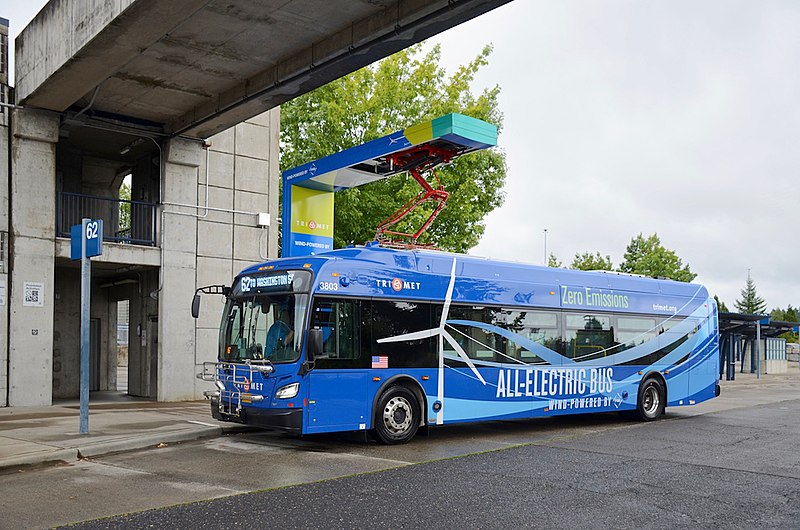As urban areas worldwide grapple with rising population densities and the consequent strain on transportation infrastructure, electric buses have emerged as a transformative solution. The shift towards electrification in public transit is not merely a trend but a significant movement aimed at improving urban mobility, reducing emissions, and enhancing the quality of life for residents.
Environmental Benefits
One of the most compelling reasons for the adoption of electric buses is their potential to mitigate environmental harm. Traditional diesel buses contribute significantly to air pollution especially at bus stop bus locations, releasing harmful particulate matter and greenhouse gases that exacerbate climate change. In contrast, electric buses operate with zero tailpipe emissions, drastically reducing the carbon footprint of urban transportation systems. According to a report from the American Public Transportation Association, replacing just one diesel bus with an electric model can save over 100,000 pounds of greenhouse gases annually. As cities seek to meet ambitious climate goals, the electrification of public transit is an essential step toward creating sustainable urban environments.
Economic Considerations
Additionally, the price of electricity is often less volatile than fossil fuel prices, providing transit agencies with more predictable operating expenses. Cities investing in electric buses can also benefit from potential grants and subsidies aimed at promoting green transportation initiatives, thus offsetting initial costs. Furthermore, the job market may see an upswing as local economies invest in manufacturing, charging infrastructure, and maintenance facilities tailored for electric fleets.
Enhancing Public Transit Experience
Electric buses contribute to an improved rider experience in several ways. Their operation is significantly quieter than that of diesel buses, leading to reduced noise pollution, especially in densely populated areas. Passengers can enjoy a smoother and more pleasant ride, enhancing overall satisfaction with public transit. Furthermore, many electric buses are equipped with modern amenities such as Wi-Fi and real-time tracking systems, making them more attractive to commuters and encouraging public transport use.
Infrastructure and Technological Advancements
The integration of electric buses into urban transportation systems requires thoughtful planning of bus stop bus systems and investment in charging infrastructure. Cities are increasingly investing in charging stations, both at depots and strategically located along routes, to facilitate seamless operations. Advances in battery technology are also crucial, with newer models offering longer ranges and faster charging times, making them more viable for extensive transit networks. This technological evolution is essential for meeting the growing demand for efficient and reliable public transportation.
Community and Social Impact
The shift to electric buses has broader social implications. By providing clean and efficient transportation options, cities can better serve underserved communities, reducing transportation inequities and promoting social inclusion. Accessible public transit encourages economic mobility, enabling residents to access job opportunities, education, and essential services.
Crucial service
Electric buses represent a critical component of the future of urban transportation. Their benefits—ranging from environmental and economic advantages to enhanced public transit experiences—underscore their role in creating smarter, more sustainable cities with well planned bus stop bus locations. As more urban areas embrace this innovative technology, the positive impact of electric buses will be felt not only by commuters but also by the communities they serve, paving the way for a cleaner, greener, and more connected urban landscape.
